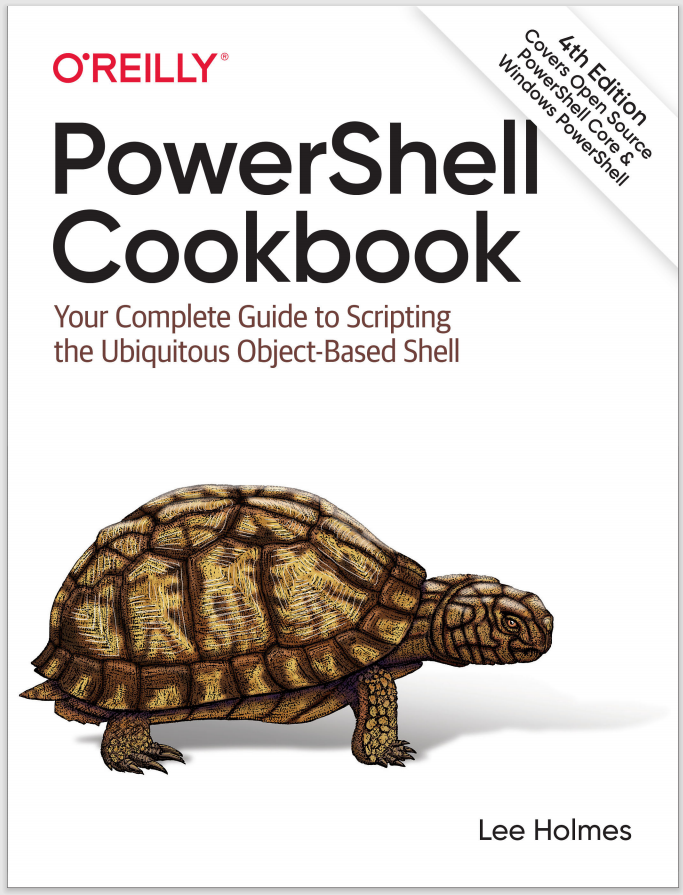Literal and Expanding Strings
To define a literal string (one in which no variable or escape expansion occurs), enclose it in single quotes:
$myString = 'hello `t $ENV:SystemRoot'
$myString gets the actual value of hello `t $ENV:SystemRoot.
To define an expanding string (one in which variable and escape expansion occur), enclose it in double quotes:
$myString = "hello `t $ENV:SystemRoot"
$myString gets a value similar to hello C:\WINDOWS.
To include a single quote in a single-quoted string or a double quote in a double-quoted string, include two of the quote characters in a row:
PS > "Hello ""There""!"
Hello "There"!
PS > 'Hello ''There''!'
Hello 'There'!
Note
To include a complex expression inside an expanding string, use a subexpression. For example:
$prompt = "$(get-location) >"
$prompt gets a value similar to c:\temp >.
Accessing the properties of an object requires a subexpression:
$version = "Current PowerShell version is:"
$PSVersionTable.PSVersion.Major
$version gets a value similar to:
Current PowerShell version is: 3
